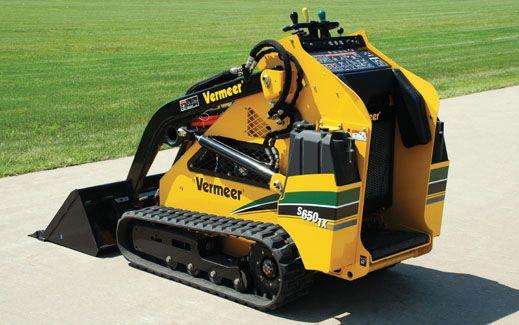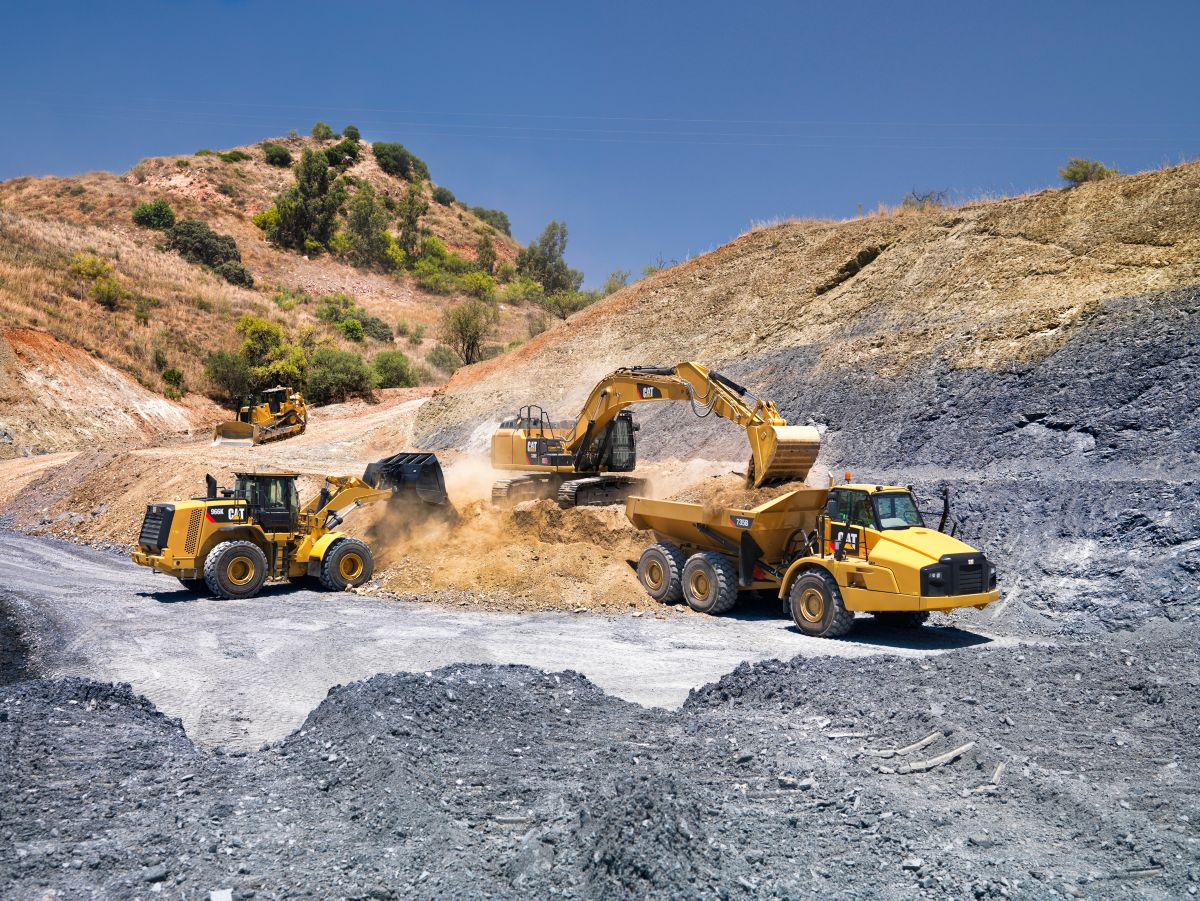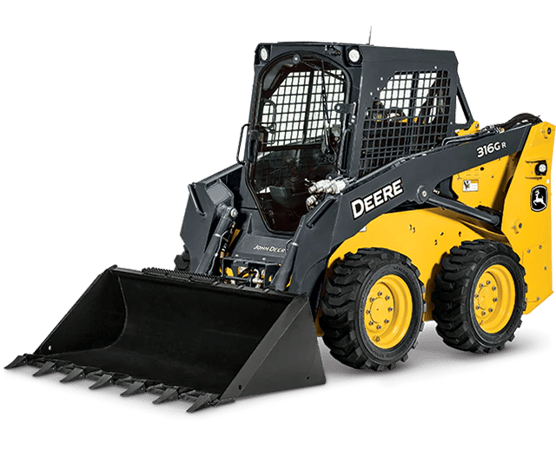Equipment Rental Company: Your Resource for All Types of Machinery
Equipment Rental Company: Your Resource for All Types of Machinery
Blog Article
Optimize Your Budget Plan by Comprehending the Costs Connected With Building Equipment Services
Comprehending the full range of prices connected with building and construction tools rentals is vital for optimizing your budget plan. What strategies can be employed to successfully manage these expenses and ensure a much more effective rental experience?
Introduction of Rental Costs
When considering construction devices rentals, comprehending the associated expenses is vital for efficient budgeting and job planning. Rental costs can vary substantially based upon numerous aspects, consisting of equipment kind, duration of leasing, and place. The first rental cost usually shows the equipment's market need and its associated operational capacities, affecting the general expenditure.
Along with the base rental price, secondary prices may develop, such as transportation charges, fuel surcharges, and upkeep costs. It is vital to make up these extra expenses to accurately analyze the total price of leasing devices. Additionally, the rental duration can impact prices; longer leasings may qualify for reduced prices, while short-term leasings could sustain higher day-to-day charges.

Breakdown of Rental Prices
A detailed understanding of rental rates is vital for professionals and task supervisors intending to optimize their budget plans. Rental prices for building and construction equipment commonly contain several parts, consisting of base prices, time-based costs, and usage charges.
Base rates are the core fees connected with the leasing of the equipment, frequently established by the kind and dimension of the equipment. These rates can vary significantly, influenced by elements such as tools demand, availability, and local market fads. Time-based charges, which may be daily, weekly, or monthly, offer to fit different project timelines and rental durations.
Furthermore, rental prices may include usage charges, which are appropriate when devices is made use of past a specified limit, making certain that the rental firm can account for damage. Seasonal demand variations can additionally affect rental rates, with peak building and construction periods generally commanding greater prices.
In addition, comprehending the rental firm's policies relating to upkeep and insurance coverage can supply more insight into the general price structure. By assessing these components, service providers can make educated decisions, ensuring the choice of rental devices aligns with both job demands and spending plan restrictions.
Added Costs to Consider
Comprehending the ins and outs of additional fees is vital for service providers to handle their total service expenses properly. Past the standard rental prices, numerous additional charges can dramatically affect the total expense of tools rental. These costs commonly include distribution and pick-up costs, which can differ based on range and logistics associated with transporting the devices to and from the job site.
Moreover, some rental firms may enforce gas additional charges if the devices is returned with much less gas than when rented. It is additionally important to be conscious of possible cleaning charges, especially for specialized devices that calls for extensive maintenance after use.

Extensively reviewing the rental contract and clarifying these added charges ahead of time can aid contractors avoid unanticipated prices and ensure that spending plans continue to be intact throughout the project lifecycle.
Maintenance and Repair Expenditures
Routine repair and maintenance expenditures are commonly overlooked aspects that can substantially affect the general expense of building tools leasings. click here for more When renting tools, it is crucial to consider not just the rental charges yet likewise the possible expenses connected with maintaining the machinery in ideal operating problem.
Several rental business consist of fundamental maintenance as component of the rental contract; however, more unforeseen break downs or comprehensive fixings can cause extra costs. It's necessary to examine the rental contract very carefully to understand what upkeep services are covered and what obligations fall on the occupant.
In addition, devices that is not well-maintained can cause inadequacies on duty site, potentially causing delays and increasing project costs. To reduce these risks, it is advisable to perform normal inspections and keep open communication with the rental supplier concerning any type of concerns that occur throughout usage.
Insurance Coverage and Responsibility Prices
Insurance coverage and responsibility prices are essential elements that can substantially impact the general expense of building and construction devices rentals (scissor lift rental). These costs make sure that both the rental firm and the client are protected from possible monetary losses developing from mishaps, damage, or theft throughout the rental duration

Additionally, customers need to understand any deductibles or exemptions in the insurance plan, as these can influence potential out-of-pocket expenditures. Understanding the terms and problems of any kind of insurance protection is essential to stay clear of unexpected costs. Ultimately, budgeting for insurance and liability costs can assist make sure a smoother rental experience and protect against financial threats connected with building and construction tasks.
Conclusion
In final thought, an extensive understanding of the costs associated with building and construction tools earth moving equipment list leasings is vital for effective budget monitoring. Eventually, notified decision-making regarding tools leasings contributes to the total success of building endeavors.
Rental prices can differ considerably based on several variables, consisting of equipment type, period of rental, and area (construction equipment rentals). The rental period can impact prices; longer services might qualify for discounted prices, while temporary services could sustain greater day-to-day charges
By performing complete research study and engaging with respectable rental firms, specialists can efficiently browse the complexities of rental pricing, eventually maximizing their monetary sources.
Past the conventional rental rates, different supplementary charges can substantially impact the overall cost of equipment service. Rental firms frequently give responsibility insurance policy that covers injuries to 3rd celebrations or damages to residential property, while tools damages insurance coverage can cover the cost of fixings or replacement if the leased equipment is harmed.
Report this page